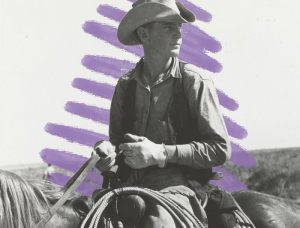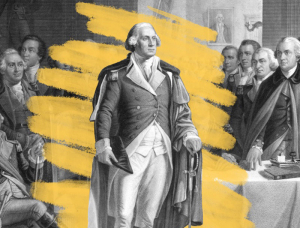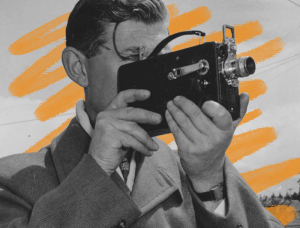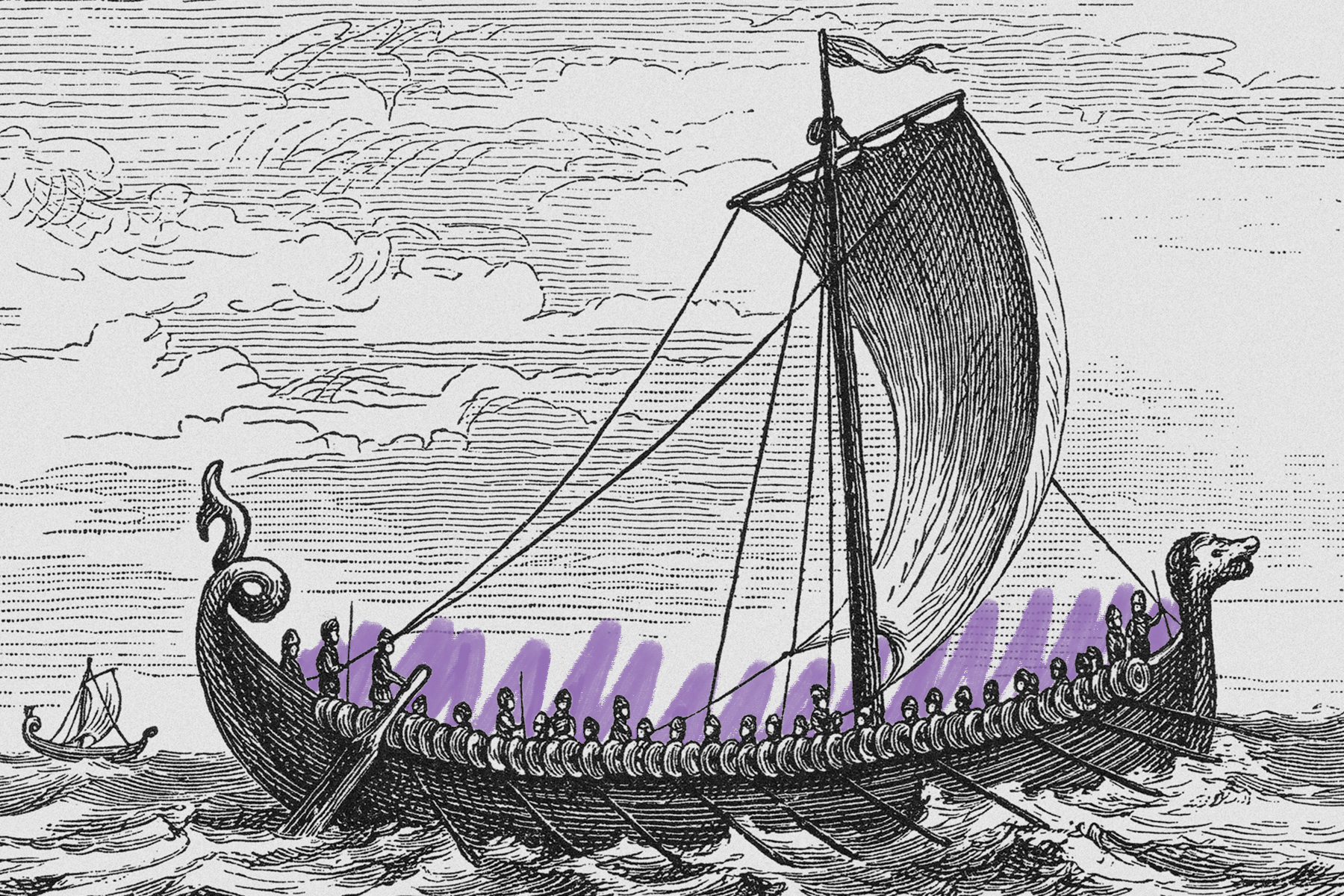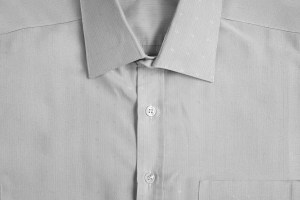Vikings didn’t actually wear horned helmets.
When you think about Vikings, you may picture horned helmets — and vice versa. The horns are a staple of Viking imagery in comics, sports mascots, and Halloween costumes, but there’s actually no evidence that they were widely used.
Horned helmets first entered the Viking mythos in 1876, when artist Carl Emil Doepler included them in his iconic costume designs for German composer Richard Wagner’s Der Ring des Nibelungen, also known as the Ring Cycle, an epic tale of Norse mythology told over the course of four different operas. (Even if you’re not familiar with the work, you’ve probably heard “Ride of the Valkyries,” which opens up the last act of the second opera, Die Walküre, or The Valkyries.) Wagner’s opera was so wildly influential on popular culture that the helmets became associated with Vikings in the popular consciousness.
Then, in 1942, two workers were harvesting peat from a bog near Veksø, Denmark, when they uncovered a pair of horned helmets, which were originally attributed to Vikings, supposedly adding a little scientific backup to the popular lore. Alas, 80 years later, new analysis showed that the helmets dated back to around 900 BCE, some 1,700 years before the first Vikings. Without those artifacts, there isn’t any strong archaeological evidence that indicates Vikings ever wore horned helmets.
